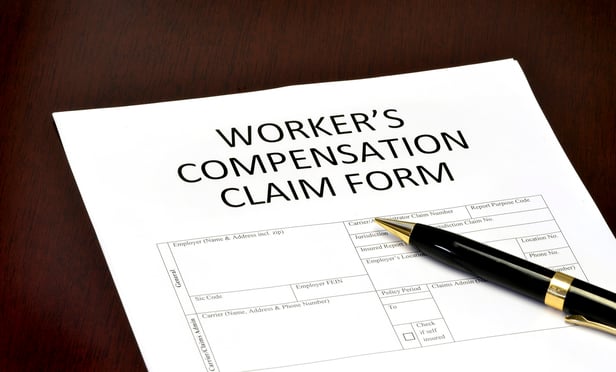Pennsylvania’s workers’ compensation statute is designed to protect workers who are injured, killed or disabled in the course of employment. With its origin dating back to 1915, the statute and accompanying administrative legal system has continuously adapted in an attempt to protect the ever-evolving Pennsylvania workforce. The goal of this article, over 100 years after the statute’s inception, is to bring light to an often forgotten hazardous aspect of employment—the commute.
Consider the amount of time a worker spends commuting to and from work. A mere 15-minute, one-way commute equates to 5.2 days per year; a 26-minute, one-way commute equates to nine days per year; 45 minutes means 15.6 days per year; and a 90-minute, one-way commute has a worker spending 31.3 days per year coming and going to work. Now, in light of the time a worker spends commuting, consider the amount of motor vehicle accidents that occur throughout the year. According to the Pennsylvania Department of Transportation, in 2014 there were 121,317 reportable traffic crashes, claiming the lives of 1,195 people and injuring another 79,758. These statistics leave us with the realization that the “work commute” must find protection under Pennsylvania’s workers’ compensation statute.
This content has been archived. It is available through our partners, LexisNexis® and Bloomberg Law.
To view this content, please continue to their sites.
Not a Lexis Subscriber?
Subscribe Now
Not a Bloomberg Law Subscriber?
Subscribe Now
LexisNexis® and Bloomberg Law are third party online distributors of the broad collection of current and archived versions of ALM's legal news publications. LexisNexis® and Bloomberg Law customers are able to access and use ALM's content, including content from the National Law Journal, The American Lawyer, Legaltech News, The New York Law Journal, and Corporate Counsel, as well as other sources of legal information.
For questions call 1-877-256-2472 or contact us at [email protected]



